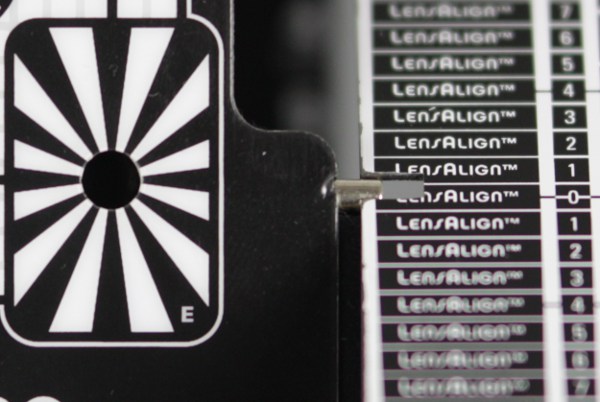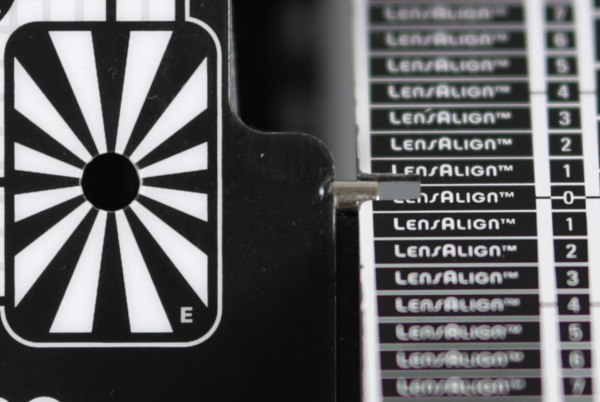Sigma A 105 mm f/1.4 DG HSM
10. Autofocus
Please Support UsIf you enjoy our reviews and articles, and you want us to continue our work please, support our website by donating through PayPal. The funds are going to be used for paying our editorial team, renting servers, and equipping our testing studio; only that way we will be able to continue providing you interesting content for free. |
- - - - - - - - - - - - - - - - - - - - - - - - - - - - - - - - - - - - - - - - - - - - - - - -
In the case of the EOS 50D camera the lens’s performance remains similar. Momentarily the focusing time can be reduced but a difference of 0.1 of a second is hardly a significant improvement.
When it comes to accuracy, already while shooting sample shots we managed to spot one alarming thing. The autofocus performance is quite reliable when you use the central point and its closest areas but it worsens notably when you use the outermost points of autofocus. In that case you can experience distinct misses in even about 30% of shots.
In order to check the autofocus performance in a more controllable manner we decided to test it on our resolution charts. We chose very demanding conditions, using the f/1.4, not the usual f/2.8 aperture, because we wanted to see whether the central point provides you a reliable performance even in the area close to the maximum relative aperture. It seems the Sigma fared well enough – it hit the target spot-on in half of cases, with the quality of photos not worse than 10% from the best shot. There were 28% of photos a bit worse but still completely acceptable (decrease of resolution ranging from 10 to 20%). In the next range, from 20-30% we placed about 22% of all photos. We didn’t find misses greater than 30% at all.
The tested lens didn’t have any front or back focus problems while attached to any of two bodies used in our test. It didn’t need any calibration either from the camera level or done with the help of the USB Dock.
| Canon 50D, f/1.4 |
 |
| Canon 5D MkIII, f/1.4 |
 |






